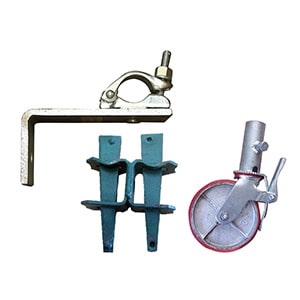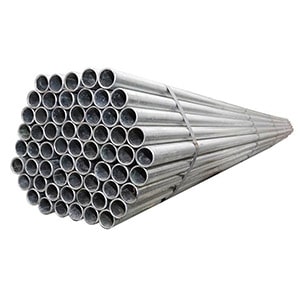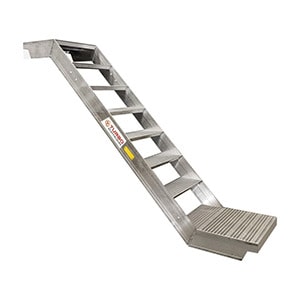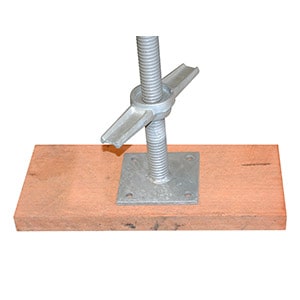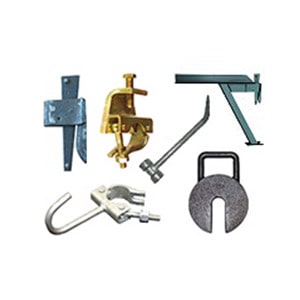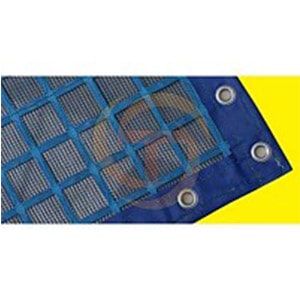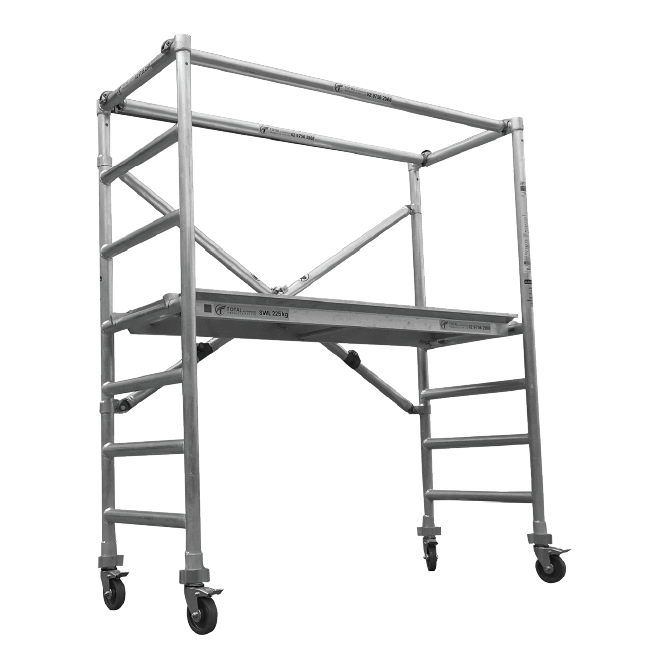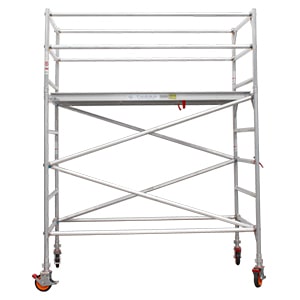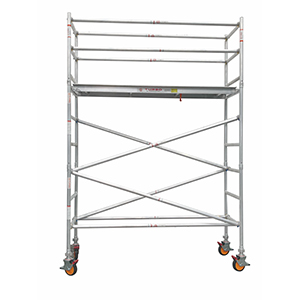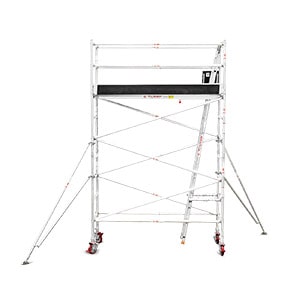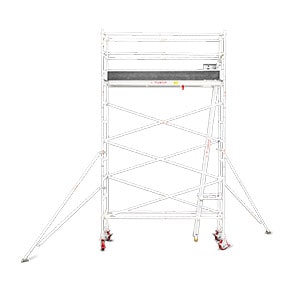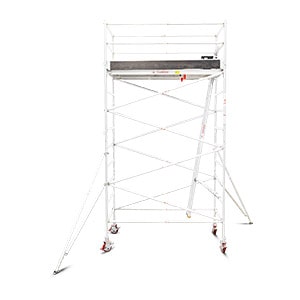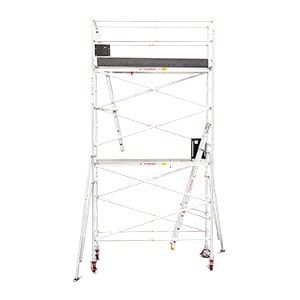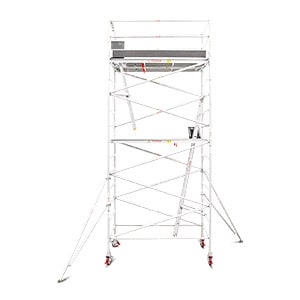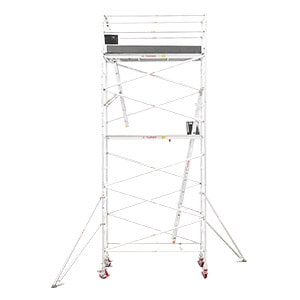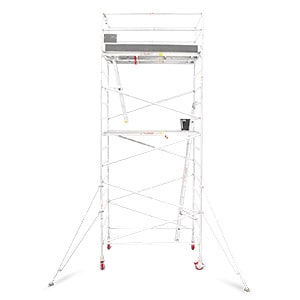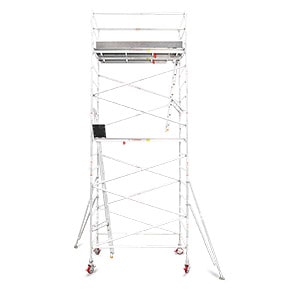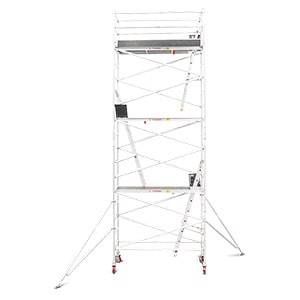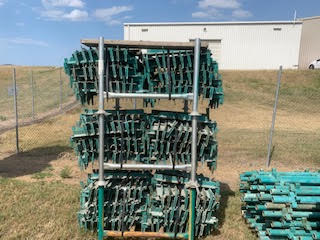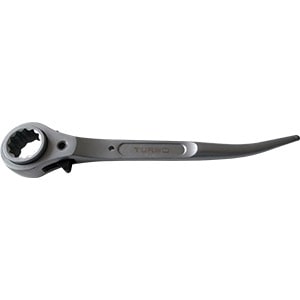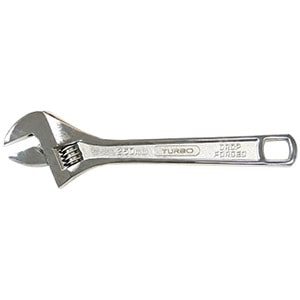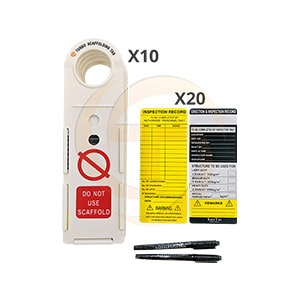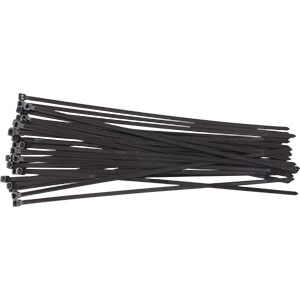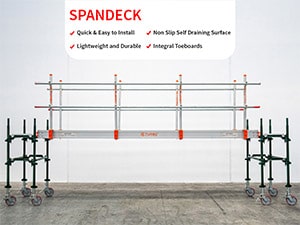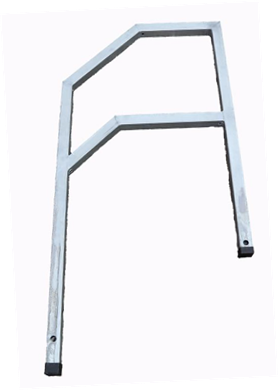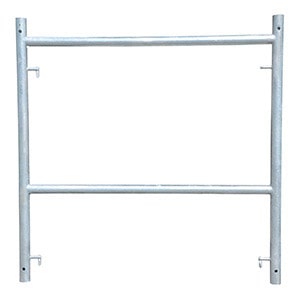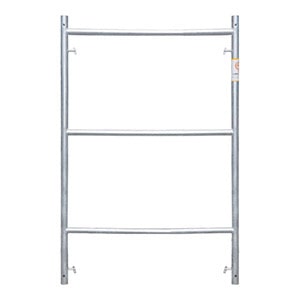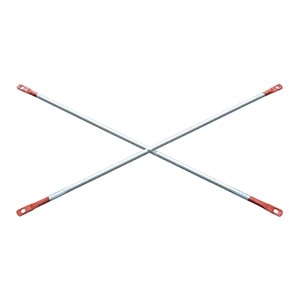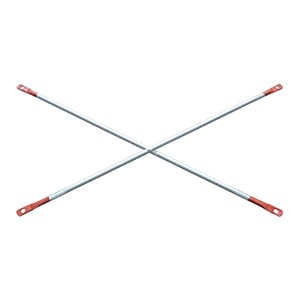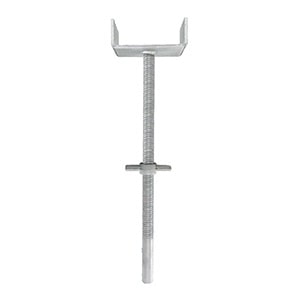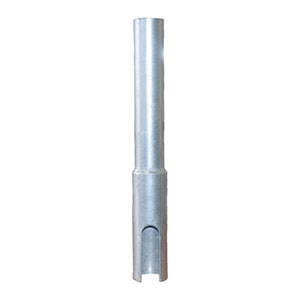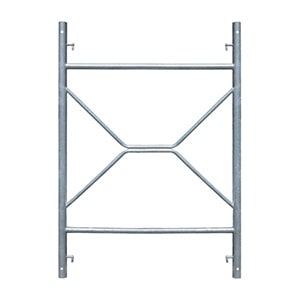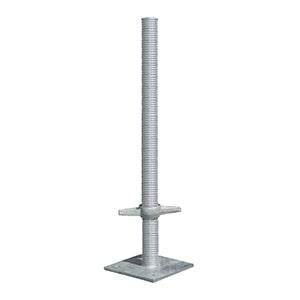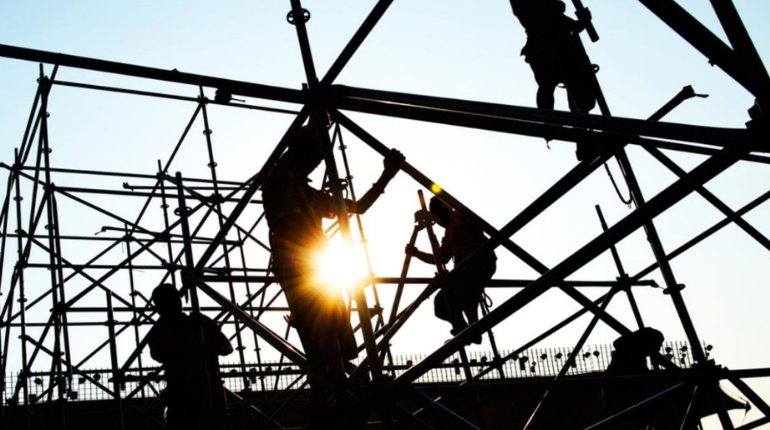Construction sites can be a dangerous place, especially when your job is to erect Scaffold in or around other Construction companies. Things such as power lines, underground cables and construction waste can cause major issue to you and your team.
TOP 5 HAZARDS ON THE CONSTRUCTION SITE:
1. OVERHEAD LINES
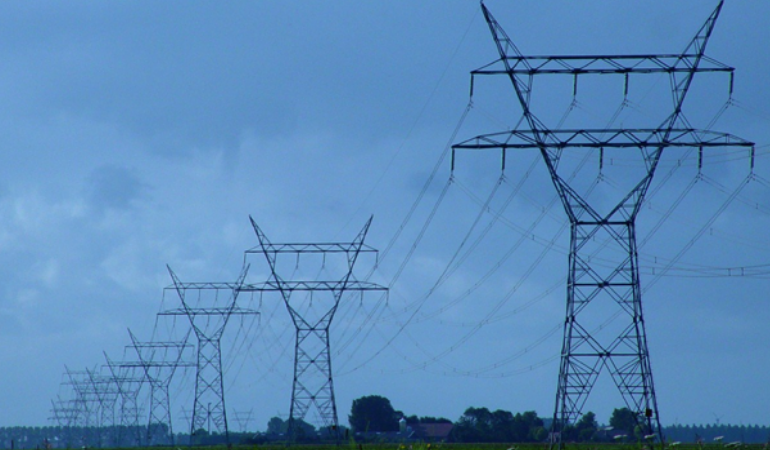
These can come in many shapes and sizes and may not all be overhead. When you’re working on a Construction site there is bound to be many other contractors there at the same time as your Scaffold team so you need to be vigilant.
Carrying scaffold to and from the job site can be dangerous if you’re not looking up as well as ahead of you to identify potential power lines, phone lines, or simply wires that are still not connected. It won’t be unusual for your team t be on site with the electrical team, or even erecting scaffold for the Electricians.
At some point there will be live electrical wires in and around your worksite and you need to stay safe.
Tips for staying safe around overhead lines:
- Always look up.
- Wear rubber soled safety boots.
- Don’t touch exposed wiring.
- Check with the onsite Electrician if you have doubts.
2. WORKING AT HEIGHT
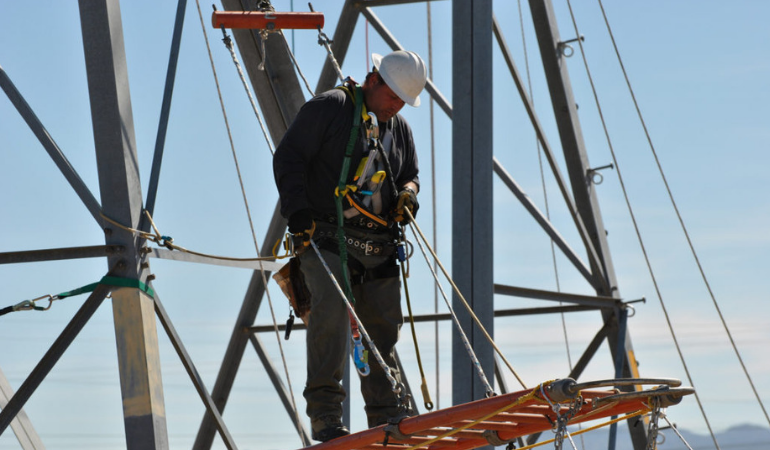
As Scaffolders you’re used to working at height, But that doesn’t mean you can relax. Complacency at height is dangerous and can lead to falls that could have been avoided. No matter how restricting, always wear your harness and clip in at all times.
When you’re erecting a job at height on a Construction site and there are others that are going to use it, ensure you have sufficient guard rails and that your scaffold ladders are secure and in the right place. Another factor of at height work that some tend to overlook is the potential for objects to fall from the scaffolding injuring those below. Make sure your kick boards are well secured to minimise the risk of a tool being accidently kicked over the side.
You can also attach double guard rails and also a safety net below your scaffolding for added at height protection.
Tips for minimising any at Height accidents:
- Extra Guard rails.
- Secure Scaffold ladders.
- Full length kickboards.
- Safety nets and harnesses.
3. HAZARDOUS MATERIALS

When you’re called to a Construction site to install scaffold platforms for other workers, there is no way for you to know what kinds of materials are onsite. If you’re heading into a new construction you could be coming up against things such as Asbestos, gyprock dust, metal shards and split wood.
The last thing your team needs is someone falling ill due to inhaling dust from a site that could have been avoided with a PPE mask. If there are welders and builders on site, then there is bound to be exposed metal, wood and dust everywhere. Ensure your team is well covered and wearing the correct gear for the job. You’d rather your team be hot than sick.
Tips for staying healthy around hazardous materials:
- Keep your breathing mask on.
- Cover your body when needed in appropriate PPE.
- Ask the site Manager for any unknown hazards.
- Wash your face and hands once off site.
4. TRIP HAZARDS

This one may sound like common sense but with the amount of walking and carrying your team does, the opportunity for tripping over equipment is a real problem. It won’t just be your equipment on site, there will be many others with equipment, materials and such scattered all over the Construction site you’re working at so you need to make sure your team is looking where they’re stepping.
This also means when you are transporting your scaffold, making sure you’re stacking it in an area out of the way of other workers to minimise the risk that your team will cause a trip hazard.
Tips to prevent trip hazards:
- Look where you’re walking.
- Stack your equipment in one spot out of the way.
- Move hazards where you can.
- Notify others of potential hazards.
5. MACHINERY

No doubt there will be different machinery on site when you are. This can range from a forklift to a B-Double truck. You want to take note of what machinery is on site and where and when it’s moving to ensure your team stays out of the way and in a safe zone.
You won’t always know when machinery is going to be used so if possible ask a site foreman, or the driver of a machine to yell out when it’s moving. Your team should also be aware of what machinery is around and you can include the information in your onsite talk before you start your work.
When it comes to Scaffold, there is a lot of manual handling and walking gear back and forth from your trucks to site so you’ll need to be aware of your surroundings to stay safe.
Tips to avoid Machinery accidents:
- Know where on site it is.
- Know when it’s likely to move.
- Include it in your tool talk.
- Talk to the site foreman for more information if needed.



